How to Control Soil Erosion in Forestry: Effective Strategies and Practices
- August 14, 2024
- 0 comment
A pristine forest stands tall, with its trees reaching high into the sky and roots gripping firmly into the rich, dark soil. This soil, often taken for granted, is the silent hero of the forest, nurturing life from the ground up by providing essential nutrients, retaining moisture, and supporting a complex web of organisms that contribute to the forest’s health.
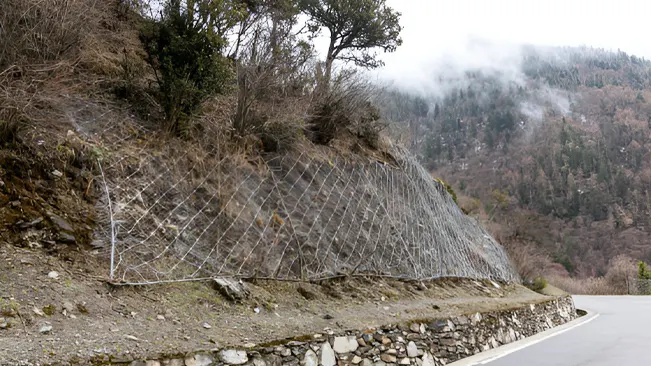
However, to maintain this delicate balance, it is necessary to control soil erosion in forestry. When soil erosion occurs, it transforms this vibrant landscape into a struggling ecosystem, as it is not just about losing dirt but about losing the very foundation that supports plant life, water quality, and biodiversity.
Therefore, addressing soil erosion is important for maintaining the health of forests and ensuring these ecosystems thrive for generations to come.
Understanding Soil Erosion
Soil erosion is a natural process that can severely impact forest ecosystems, leading to loss of soil fertility and habitat destruction. Understanding the types and effects of soil erosion is crucial for implementing effective measures to control soil erosion in forestry.
Types of Soil Erosion in Forested Areas
Soil erosion in forests can occur through various mechanisms, each posing unique challenges:
Water Erosion
This is the most common form of erosion, where rainfall or snowmelt carries soil particles downhill. It can manifest as sheet erosion, rill erosion, or gully erosion, depending on the intensity and volume of water flow.
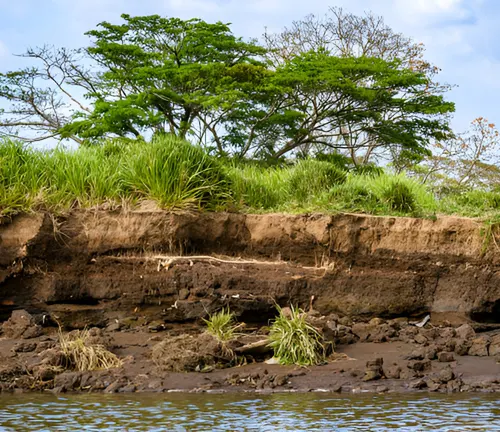
Wind Erosion
In areas with sparse vegetation, wind can transport fine soil particles over long distances. This type of erosion is particularly prevalent in arid and semi-arid regions.
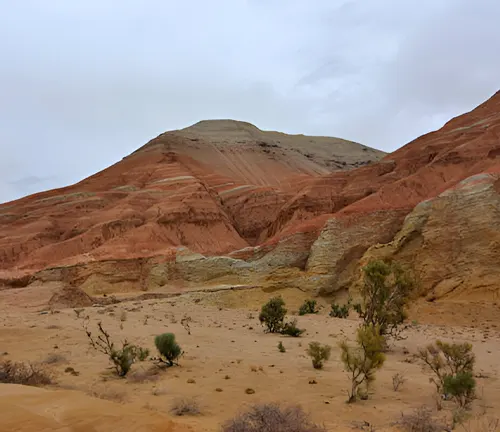
Gravity-Induced Erosion
Also known as mass wasting, this type involves the movement of soil and rock downhill due to gravity. Landslides and soil creep are common examples.
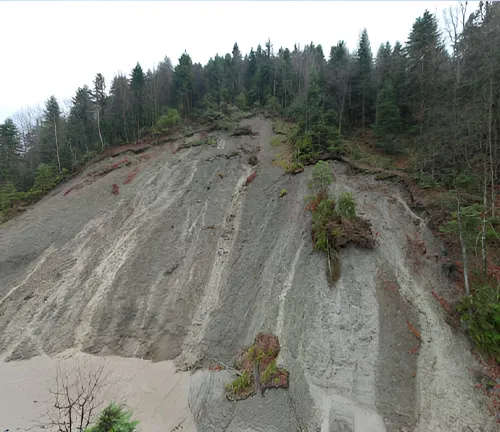
Impact of Soil Erosion on Forest Ecosystems
Soil erosion can severely impact forest ecosystems by removing nutrient-rich topsoil, essential for plant growth and regeneration. Additionally, eroded soil particles pollute water bodies, harm aquatic habitats, and reduce clean water availability.
This destabilization of forest floors leads to habitat loss, disrupts biodiversity, and increases the risk of flooding, underscoring the need for effective measures to control soil erosion in forestry.
Assessing Erosion Risks
To effectively control soil erosion in forestry, it’s essential to identify areas most at risk. This process involves using Geographic Information Systems (GIS) to create detailed maps that highlight erosion-prone areas.

Identifying Vulnerable Areas
To effectively control soil erosion, it’s essential to identify areas most at risk. This process involves using Geographic Information Systems (GIS) to create detailed maps that highlight erosion-prone areas.
Additionally, conducting on-site inspections helps identify signs of erosion, such as exposed roots, sediment deposits, and gully formation.
Soil and Site Analysis Techniques
Understanding the soil properties and site conditions is crucial for assessing erosion risks:
Soil Testing
Analyzing soil texture, structure, organic matter content, and permeability to determine its susceptibility to erosion.
Slope Analysis
Evaluating the slope gradient and length, as steeper and longer slopes are more prone to erosion.
Vegetation Cover Assessment
Assessing the density and type of vegetation cover, as areas with sparse or disturbed vegetation are at higher risk.
Monitoring and Assessment Tools
Utilizing modern tools can enhance the accuracy of erosion risk assessments. Remote sensing, using satellite imagery and aerial photography, monitors changes in land cover and detects erosion patterns, while erosion modeling applies computer models to simulate erosion processes and predict potential hotspots.
Preventive Measures
Sustainable Forestry Practices to Control Soil Erosion in Forestry
Implementing sustainable forestry practices is important for preventing soil erosion. Key strategies include minimizing soil disturbance by using low-impact logging techniques like selective logging, which reduces soil disruption. Maintaining vegetation cover ensures that sufficient plant life remains after logging to protect the soil from erosion.
Additionally, establishing buffer zones along water bodies helps filter out sediment and prevent erosion, thereby preserving the integrity of the forest ecosystem.
Reforestation and Afforestation
Reforestation and afforestation are powerful strategies for reducing soil erosion by planting trees and restoring vegetation. Tree planting involves selecting native tree species that are well-adapted to local conditions and planting them in areas prone to erosion.
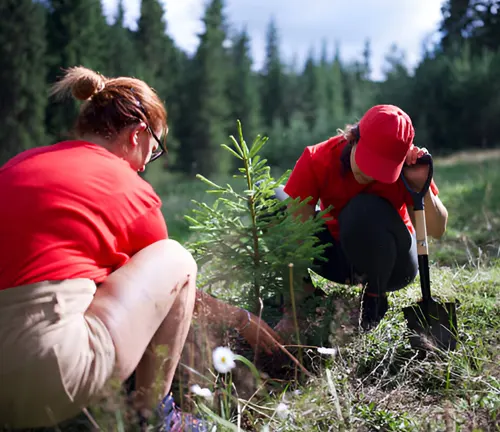
Moreover, establishing grass and shrub cover on bare soil helps stabilize the soil and reduce runoff, effectively minimizing erosion and promoting a healthier ecosystem.
Contour Plowing and Terracing
Modifying the landscape through contour plowing and terracing can effectively control soil erosion in forestry. Contour plowing involves plowing along the contour lines of the slope, creating natural barriers that slow down water runoff.
Terracing, on the other hand, entails constructing terraces on steep slopes to reduce water velocity and provide flat areas for planting, thereby significantly mitigating soil erosion.
Erosion Control Techniques
Mulching and Ground Cover
Applying organic or inorganic materials to the soil surface can effectively protect it from erosion. Organic mulches like straw, wood chips, and leaves decompose over time, adding valuable organic matter, while inorganic mulches such as gravel, stones, or synthetic fabrics create a durable protective layer.
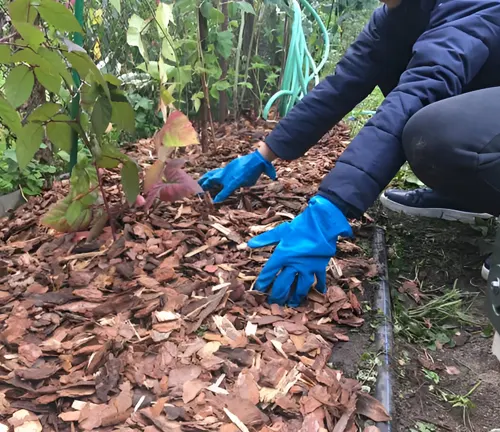
Riparian Buffers and Vegetative Barriers
Establishing vegetative buffers is crucial for controlling soil erosion in forestry and enhancing water quality. Riparian buffers with trees, shrubs, and grasses along waterways trap sediment and filter pollutants, while dense vegetation like grass hedges or shrub rows on slopes slow water flow and capture soil.
Silt Fences and Geotextiles
Installing physical barriers such as silt fences and geotextiles can effectively control erosion during construction or land disturbance. Silt fences capture sediment runoff with geotextile fabric, while geotextiles stabilize the soil surface to prevent erosion and keep the soil intact during disruptive activities.
Soil Stabilization Methods
Use of Cover Crops
Planting cover crops like clover, rye, and oats can improve soil structure, protect the soil, fix nitrogen, and add organic matter. Alternating cover crops with main crops through crop rotation helps maintain soil health and reduce erosion risks.
Application of Erosion Control Mats and Blankets
Erosion control mats, made from biodegradable or synthetic materials, are installed on slopes to stabilize the soil and promote vegetation growth. Erosion control blankets, made of coir, straw, or synthetic materials, protect the soil surface and prevent erosion.
Application of Erosion Control Mats and Blankets
Erosion control mats, made from biodegradable or synthetic materials, are installed on slopes to stabilize the soil and promote vegetation growth. Erosion control blankets, made of coir, straw, or synthetic materials, protect the soil surface and prevent erosion.
Water Management Strategies
Effective water management strategies are necessary to control soil erosion in forestry. By implementing systems that manage surface runoff and water flow, such as drainage systems, diversion channels, and retention ponds, we can significantly reduce the risk of erosion and protect forest ecosystems.
Constructing Drainage Systems
Effective drainage systems can control surface runoff and prevent erosion.
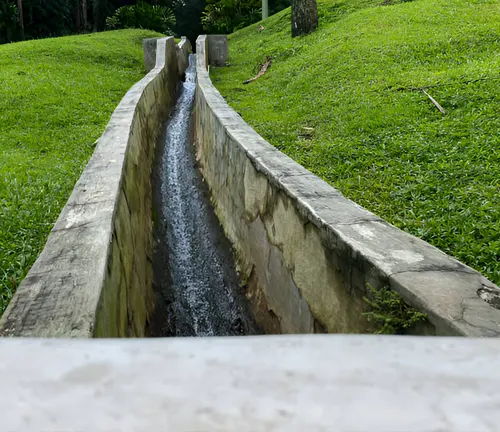
Installing surface drains like ditches, swales, and gutters channels water away from vulnerable areas, while subsurface drains using perforated pipes or tile drains remove excess water from the soil.
Managing Surface Runoff
Controlling surface runoff is crucial to control soil erosion in forestry. Creating diversion channels redirects water flow away from erosion-prone areas, and building retention ponds captures and stores runoff, allowing sediment to settle before the water is released.
Building Retention Ponds
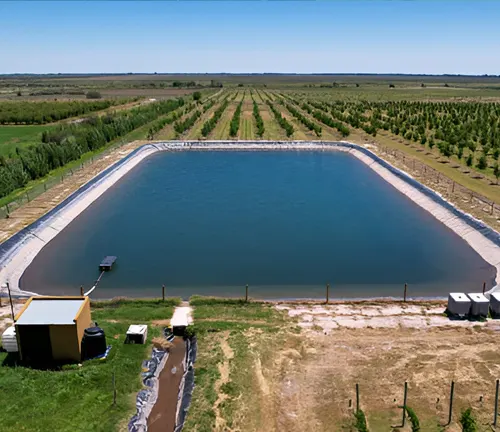
Retention ponds help manage water flow and reduce erosion by capturing and storing runoff.
Proper design and construction ensure that ponds provide a controlled release of water, and regular maintenance ensures they function effectively.
Conclusion
To control soil erosion in forestry is vital for maintaining healthy ecosystems and ensuring the sustainability of forest management practices. By understanding the causes of erosion, assessing risks, and implementing effective strategies and practices, foresters can protect the soil, water, and biodiversity.
Sustainable forestry practices, combined with targeted erosion control techniques and soil stabilization methods, can significantly reduce soil erosion and promote long-term environmental health.
The role of foresters in soil erosion control is crucial, as their efforts help preserve the integrity of forest ecosystems and contribute to the overall health of our planet.
Frequently Asked Questions (FAQs)
- What is soil erosion and why is it a concern in forestry?
Soil erosion is the loss of topsoil due to water, wind, or gravity. It’s a concern because it depletes nutrients, harms plant growth, and damages ecosystems. - How can sustainable forestry practices help control soil erosion?
They reduce soil disturbance, keep vegetation cover, and use buffer zones to protect soil from erosion. - What are some common indicators of soil erosion in forested areas?
Signs include exposed roots, sediment deposits, gullies, and less vegetation. - How does reforestation contribute to soil erosion control?
Planting trees stabilizes soil, reduces runoff, and adds organic matter. - What role do cover crops play in soil stabilization?
Cover crops protect soil, reduce erosion, and improve soil health. - How do erosion control mats and blankets work?
They cover the soil to prevent erosion and help plants grow. - What are the benefits of using riparian buffers in erosion control?
Riparian buffers trap sediment, filter pollutants, and slow down runoff. - Can terracing be used on steep slopes to control soil erosion?
Yes, terracing slows down water and provides flat planting areas. - How do check dams help manage soil erosion in gullies and channels?
Check dams slow water flow and trap sediment, preventing further erosion. - What are the key components of an effective drainage system for erosion control?
Surface drains direct water away, and subsurface drains remove excess water from the soil.

Jordan Blake
Forestry AuthorJordan Blake is a forestry expert with over 15 years of experience in arboriculture and community education. Passionate about sustainable forest management, Jordan regularly writes for Forestry.com and Tree Care Magazine. Holding certifications in tree health assessments and urban forestry management, Jordan conducts workshops to educate the public on sustainable practices. Jordan has a degree in Environmental Science and enjoys hiking and photography in their free time.

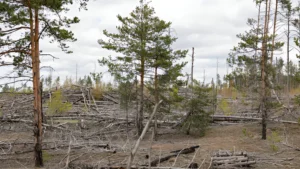

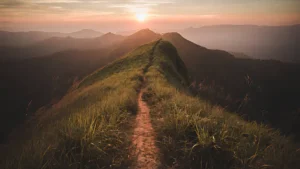
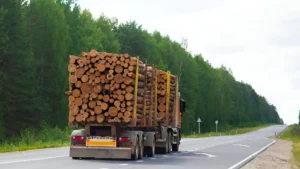




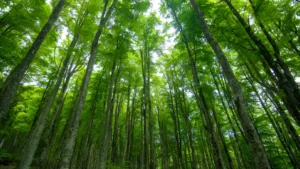
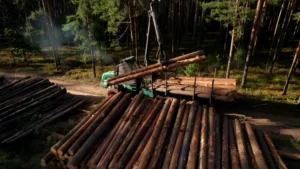
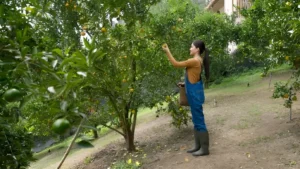

Leave your comment